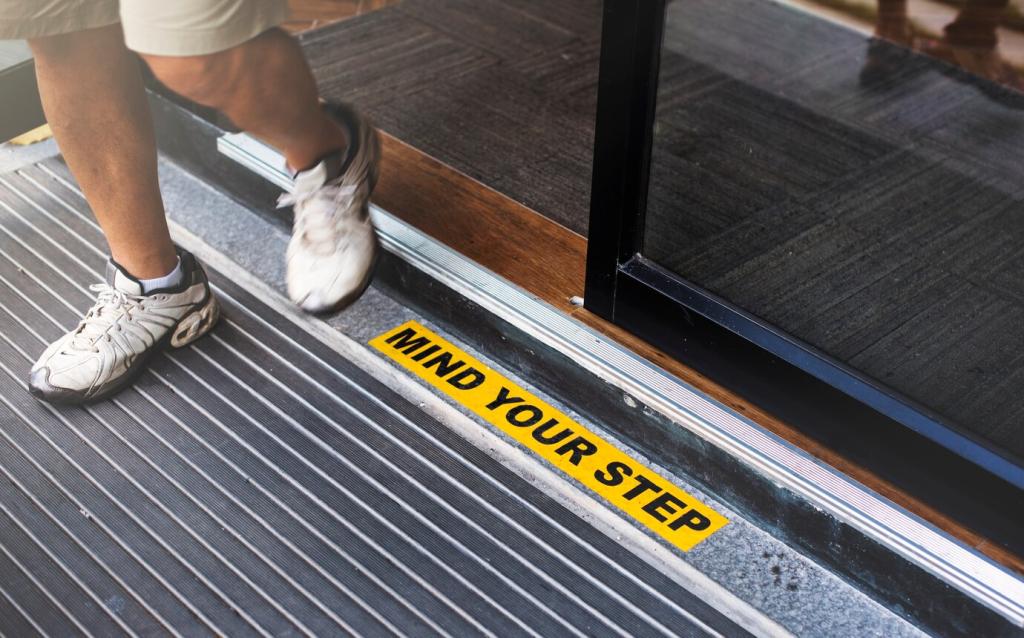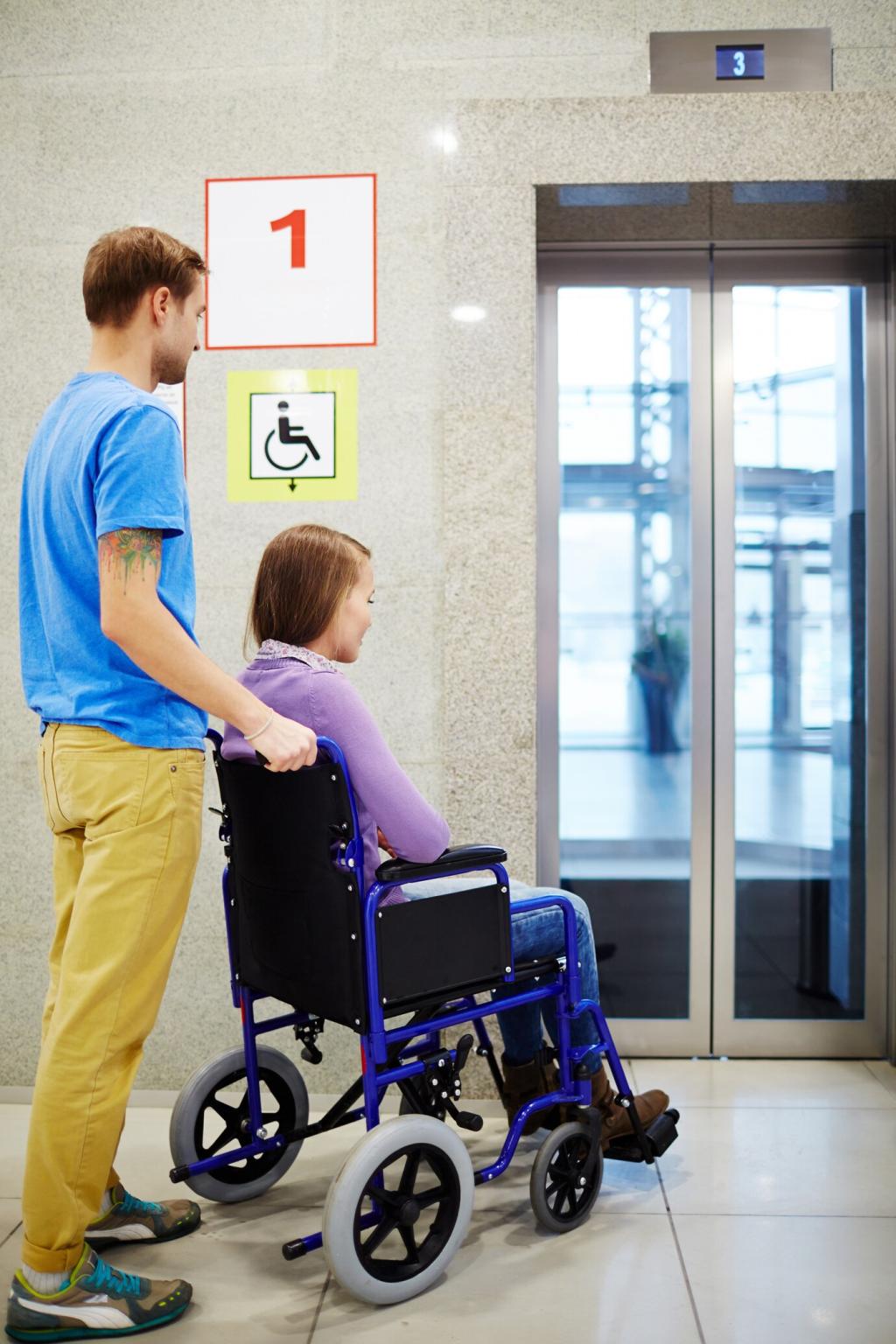Interoperability, Payments, and Seamless Plug & Charge
Open protocols such as OCPP 2.0.1 for station management and OCPI for roaming are maturing, while ISO 15118 enables secure, automatic authentication. Together, these standards reduce fragmentation, accelerate innovation, and ensure drivers meet fewer compatibility surprises on long trips.
Interoperability, Payments, and Seamless Plug & Charge
Contactless cards, mobile wallets, and app roaming are becoming ubiquitous. Plug & Charge streamlines authentication without RFID or apps, while itemized receipts display energy, time, and fees clearly—building trust through predictable checkout flows drivers can rely on daily.
Interoperability, Payments, and Seamless Plug & Charge
Which networks still make you jump between apps or loyalty accounts? Share your toughest payment journeys and your smoothest ones. Your examples help us highlight best practices that policy makers and operators should standardize across every corridor.
Interoperability, Payments, and Seamless Plug & Charge
Lorem ipsum dolor sit amet, consectetur adipiscing elit. Ut elit tellus, luctus nec ullamcorper mattis, pulvinar dapibus leo.









